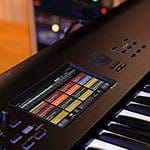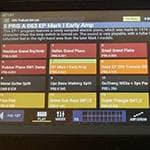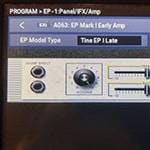
Hello! It’s Kaoru the composer!
In this post, I would like to talk about "Volume Pedals" as part of my series on basic knowledge about effect pedals. Strictly speaking, it might not be considered to be an effects pedal, but since it's commonly used as part of a pedalboard, I’ll introduce it here!
Let's dive into a more detailed explanation!
■ What is a Volume Pedal?
As the name suggests, a volume pedal is a pedal that allows you to control the volume of your guitar or bass with your foot. Even though you can adjust the volume using the knobs on your guitar, the difference is that you control the volume with your foot instead of your hand.
In addition to volume control, a volume pedal can also control the amount of effect applied, making it essential for those who want to pay attention to subtle nuances.
Moreover, since you can operate it with your foot, it’s perfect for situations where you want to stylishly mute the sound, such as during a spoken part (MC) without making it awkward during live performances .
Some models feature a tuner-out jack or it can also be used as an expression pedal.
■ How to Use a Volume Pedal
Depending on how you use it, a volume pedal can be incredibly useful for creating different effects and performances. It can also serve as a guideline when introducing it into your setup, so let’s explore a few ways to use it!
● Violin Technique
The "violin technique" allows you to reproduce a sound similar to a violin. While it’s not impossible to achieve this with the volume knob on your guitar, it can be quite cumbersome. This is where a volume pedal comes in handy.
Here’s how it works: start with the volume at zero, pluck the string, and then gradually increase the volume as the sound sustains. This creates a smooth, violin-like effect.
Though this technique is commonly seen with electric guitars or keyboards, it can create an ethereal, atmospheric sound when applied to bass.
It’s a unique and somewhat special technique, but it’s great for producing an interesting and distinct atmosphere in your music!
● Adjusting the Effectiveness of Each Effect Pedal in Fine Detail
This technique is commonly used with distortion-based pedals, such as overdrive and distortion. The amount of distortion is influenced by the "input signal strength," meaning that by placing a volume pedal before the distortion pedal, the volume and drive level will increase as you press the pedal.
This allows for real-time manipulation of your sound’s parameters. The change can be visualized as a progression from a clean sound → to a crunch → and eventually to full drive.
However, it does require delicate control, so practice is essential to master it.
This technique is particularly effective for lead playing, like guitar solos, making it ideal for when you want to stand out and create more dramatic, dynamic performances!
■ The Effects of Volume Pedal Placement in the Signal Chain
The placement of the volume pedal in your effect chain significantly alters how it interacts with your sound and other pedals. Let’s take a look at the basic connection patterns and their effects:
● Placing the Volume Pedal Before the Effects Pedals:
When the volume pedal is placed before the other effects in the chain, it functions similarly to the volume knob on your guitar. In this case, both the volume and the effectiveness of the effects change simultaneously. As you decrease the volume, you also reduce the intensity of the effects applied to your signal.
● Placing the Volume Pedal After the Effects Pedals:
When placed after the effects in the signal chain, the volume pedal acts like a master volume control. This means you can adjust the overall volume of your guitar sound without affecting the way your effects are applied. The intensity of the effects stays consistent, while you control the final output volume.
This flexibility allows you to fine-tune how the volume pedal interacts with both your raw guitar sound and the effects you’ve applied, while offering a wide range of creative possibilities!
■ Volume Pedal Considerations
While volume pedals offer many creative uses, there are important points to keep in mind when using them. The main concern is signal loss.
Volume pedals are prone to signal degradation due to their design, especially due to the use of variable resistors. When using multiple volume pedals in your chain, you may notice that your sound becomes thin and lacks power.
To combat this, adding a buffer to your setup can help preserve the integrity of your signal.
Some volume pedals come with built-in buffers or are designed to minimize sound degradation. It’s a good idea to carefully check these features before purchasing to ensure you're getting a high-quality product.
For more advanced users, some people choose to modify their volume pedals to improve performance. However, this requires knowledge of electronic circuits and components, so it’s best suited for experienced users.
Now, let’s take a look at some recommended products available at Sound House:
The XVP-10's successor, the long-standing and classic volume pedal, has become a staple in the market.With a highly durable aluminum body, the XVP-20 combines a stylish design with functionality. It allows both volume and expression pedal use, giving you versatile control options. The pedal torque is adjustable, allowing you to customize the feel of the pedal to your liking.
Additionally, the entire body of the pedal has a non-slip design, reducing the chances of operational mistakes during use.
One key feature is its weight. While pedals that are too light can be difficult to control, the 1.3kg weight of this model strikes the perfect balance, offering excellent operation and convenience. Compared to previous models, it is also more stylish and compact, making it easy to fit on your pedalboard setup.
The AMT ELECTRONICS LLM-2 is a volume pedal that packs all the functionality of a traditional pedal into a compact size that’s similar to a standard compact effect pedal. Featuring high impedance for improved high-end response and low-end roll-off, it ensures compatibility with various routing setups.
The pedal also includes a built-in buffer, which instantly adds richness and shine to your sound as soon as it's plugged in. Despite its compact size, the pedal offers natural, precise adjustments, making it highly practical and easy to use.
It’s an ideal choice for those seeking convenience without sacrificing sound quality.
This wraps up my guide to volume pedals and my product recommendations! For musicians, especially those who perform live, a volume pedal is an essential tool. Be sure to check these out and see which one fits your needs!
The “sound & person” column is made up of contributions from you.
For details about contributing, click here.





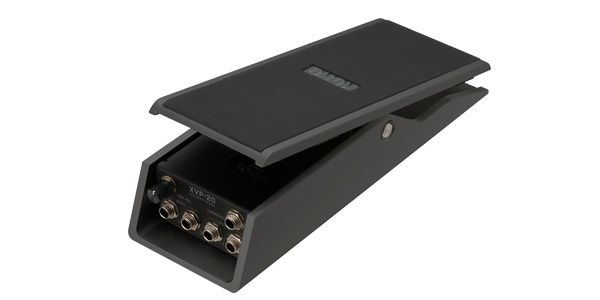




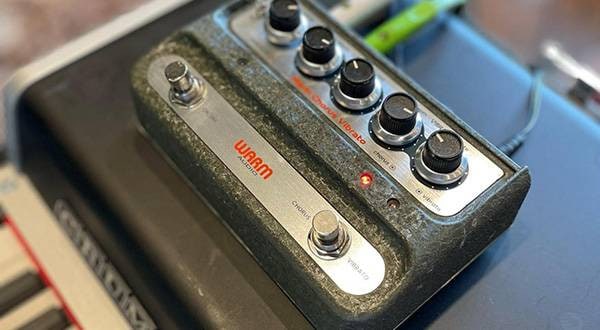
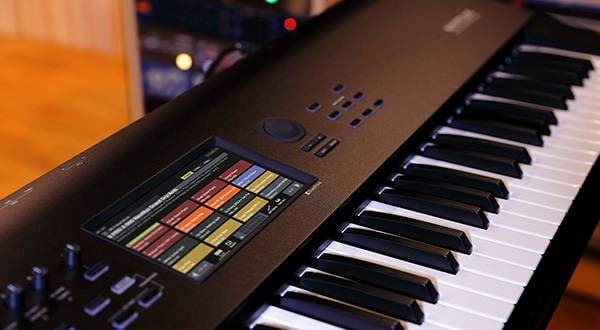
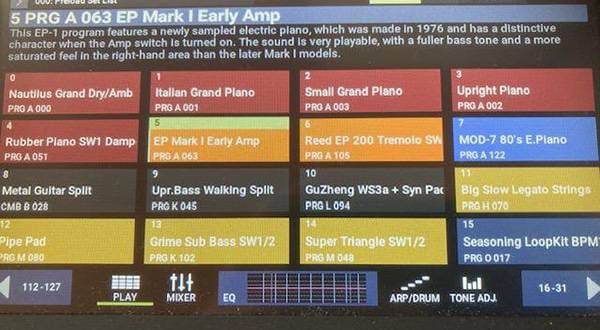

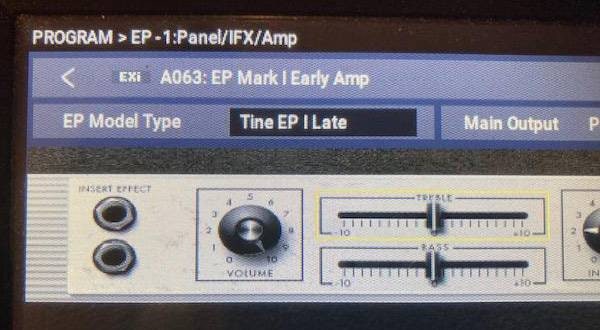
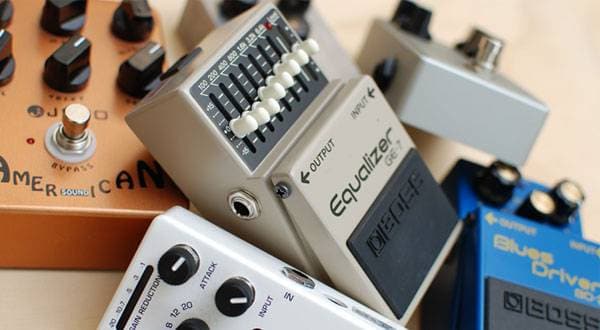
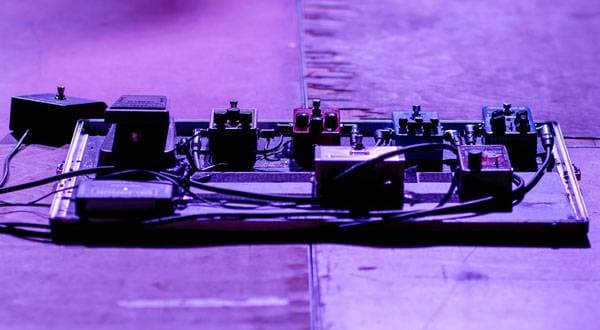
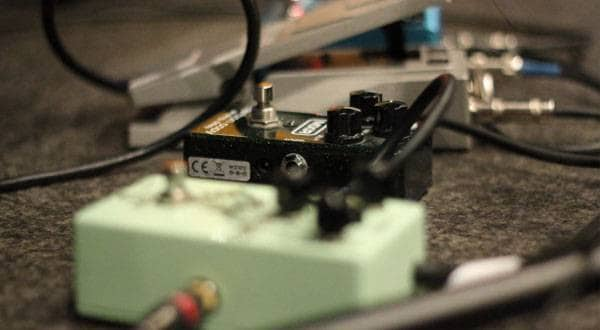
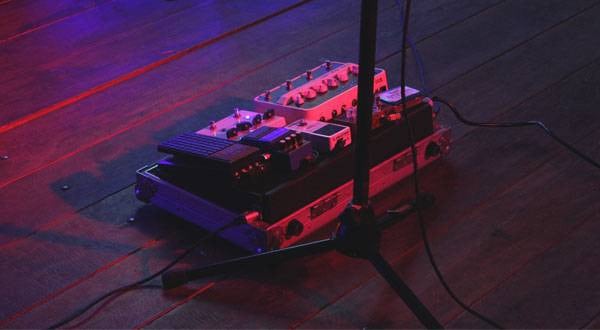
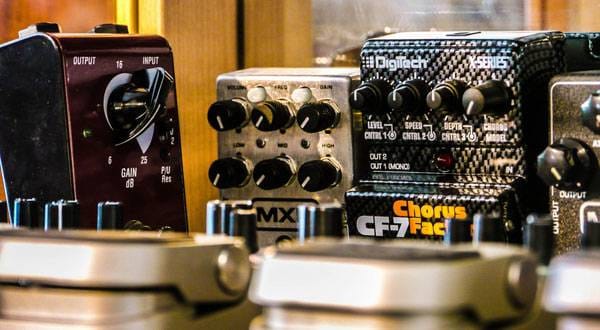
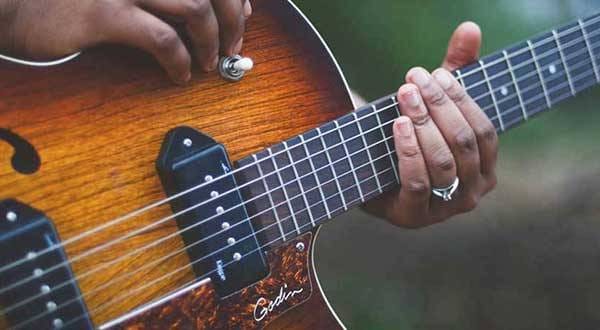
 はじめてのエフェクターは GT-1 にしよう
はじめてのエフェクターは GT-1 にしよう
 第2弾 あなたのエフェクターボード見せてください
第2弾 あなたのエフェクターボード見せてください
 【初心者向け】エフェクター講座
【初心者向け】エフェクター講座
 あなたのエフェクターボード見せてください
あなたのエフェクターボード見せてください
 エフェクターのつなぎ方
エフェクターのつなぎ方
 エフェクターの種類
エフェクターの種類

